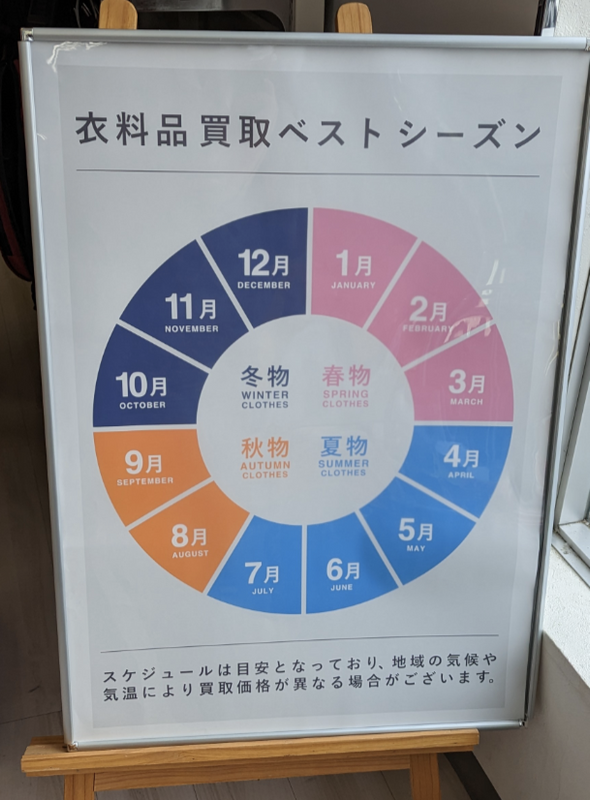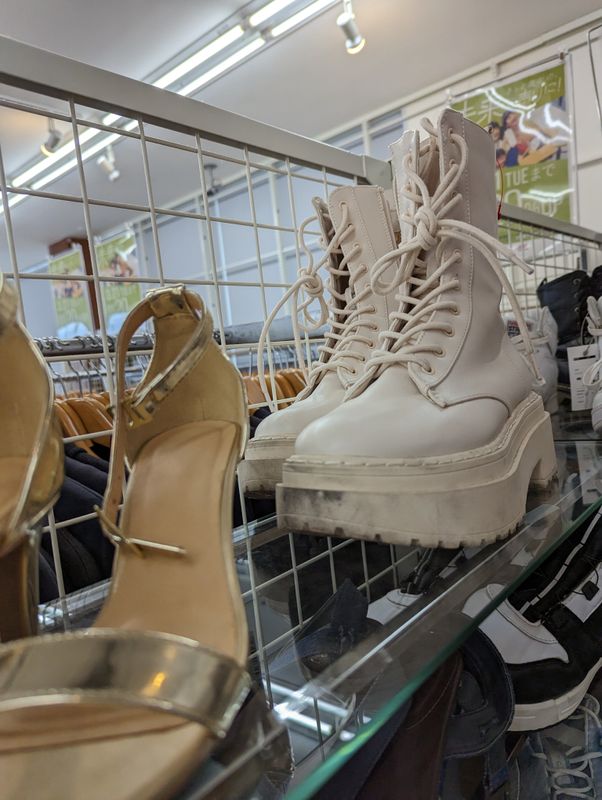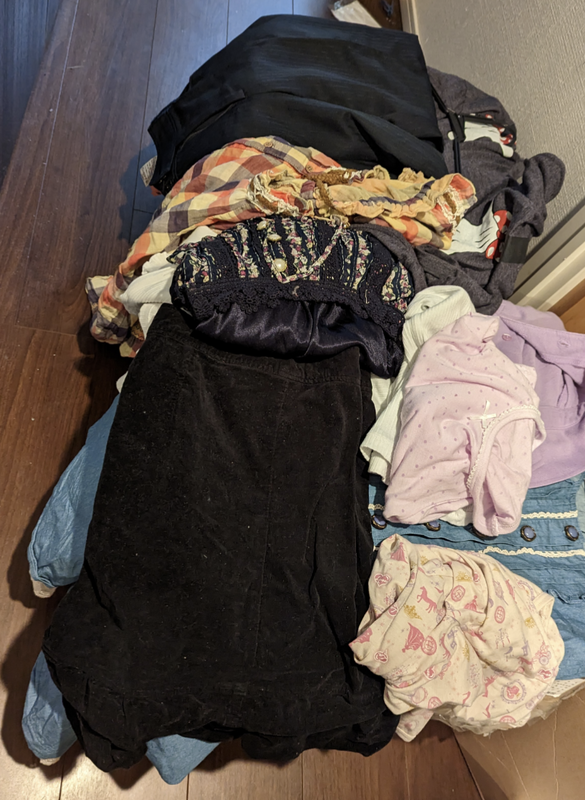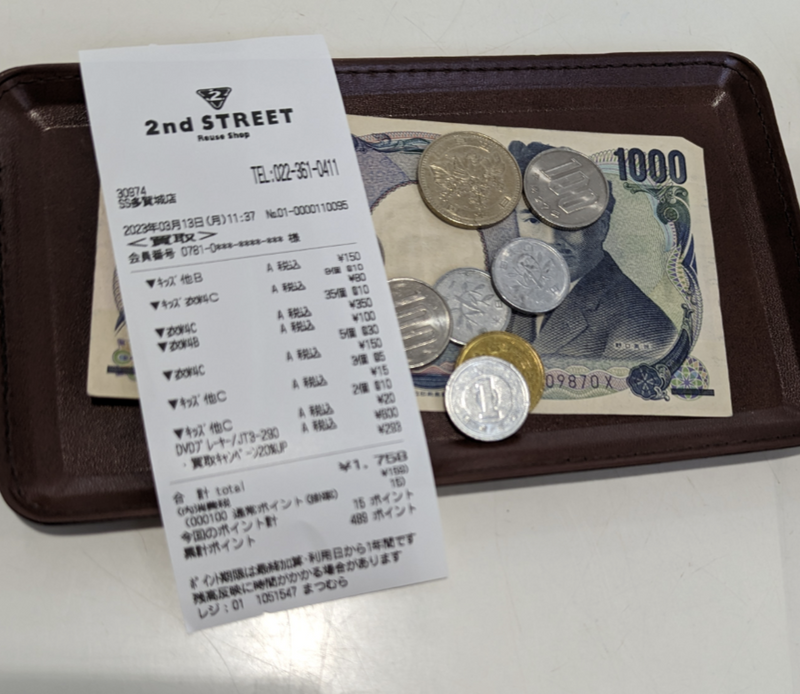Jun 8, 2023
How to Sell to Second Hand Shops in Japan
I am no stranger to the Japanese secondhand clothes shop. Since the pandemic began, however, my trips to Sendai have ceased and my need for all this excessive clothing has really gone down as well.
In addition, I find myself inundated with all of my kid's old clothes, many of which weren't worn enough to justify throwing away but are nevertheless useless now.
In addition, there are bags of clothes given to me by people who would have felt bad throwing them away but didn't feel bad about taking up more of my space and energy on dealing with clothes they just didn't want anymore.

From these various collections, I pulled together a total of 69 items, including a 10 year old DVD player, a loud walker for toddlers, a couple of unwanted but perfectly good condition toys from my kid, and a whole lot of clothes that appear to be without any stains or problems.
If you are selling this many items I fully recommend going to large, stand-alone store rather than a small shop in a mall as they are more likely to buy a whole lot of stuff if they have space on the shelves to sell it.

Do pay attention to the seasons. In late winter, you can sell a lot of things that belong in early spring, but in spring, you can sell the things that will be sold in summer. In summer, you can sell stuff in preparation for fall and in fall, you can sell stuff in preparation for winter. Always work one season ahead.
The quality of the items is also a factor. If there are stains or holes or tears, the shops are unlikely to buy them at all. That said, as we walked around this two-story 2nd Street, we found a number of items with small stains or scuffs, so it's possible that some shops are less stringent than I remember.

Boots on the shelf, scuffed but still for sale?
When you sort your items and come into the place, you'll be given a time estimate (ours was half an hour, which they went over but it was okay) and sign a form attesting that these are your own possessions that you are happy to part with. You'll also need to provide photo ID.
Then you either linger for the allotted time or return after it has passed and learn what they're taking, what they're not interested in, and what they'll give you in return.

Everything they gave back, which wasn't a lot all told.
Of the eleven things returned to us, half were undershirts that my daughter had worn once or twice, and a couple were just cotton tops that were no longer fashionable.
And how much did we get for parting with 69 items? Less than 2000 yen.

You won't get rich selling non-luxury-brand stuff to the second hand shops, but it will get things out of your house. Back home, most of this would have been donated anyway, so getting any money back and not having to toss something in a dumpster is a bonus.



0 Comments